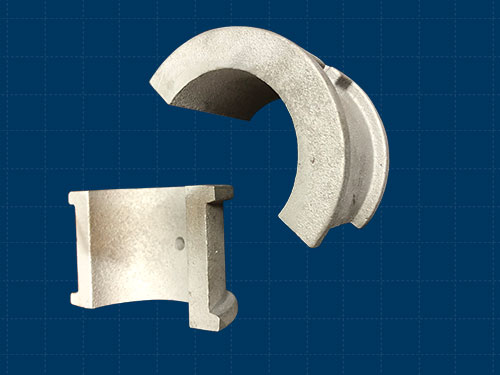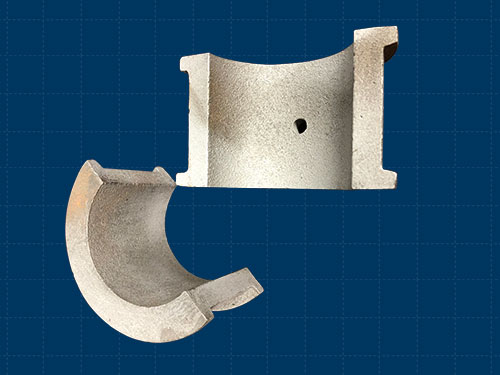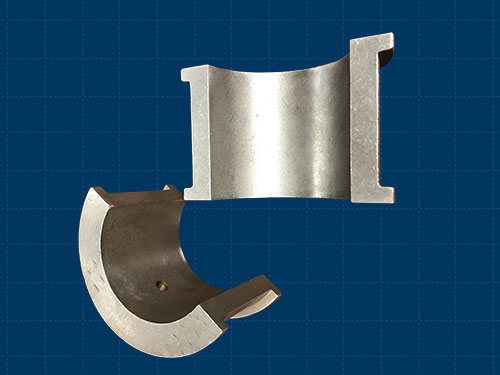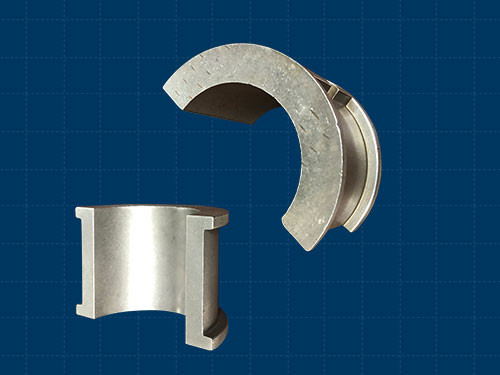Hard Iron Bearings
Download PDFQuestion
I have purchased hard iron bearings from several different screw conveyor manufacturers. Some manufacturers’ hard iron bearings have a smooth finish while others have a rough finish. What is the difference?
Answer
There are currently two processes for manufacturing hard iron bearings; sintering and casting. Sintering produces a smooth finish and this style bearing can typically operate at higher rotational speeds, but the cast iron version should be the choice for heavy-duty/extremely abrasive applications.
Both the sintered and cast hard iron bearings are abrasion-resistant and durable but sintered hard iron bearings are softer when compared to cast hard iron bearings. The average hardness of a sintered hard iron bearing is 45 to 50 Rc and the cast hard iron bearing is 55 to 60 Rc. Cast hard iron bearings will outlast sintered hard iron bearings in heavy-duty applications. You will typically have to replace a sintered hard iron bearing three times for every time you replace a cast hard iron bearing.
Sintering – The procedure begins with powdered metallurgy, which is the process of taking fine powdered metals and pressing them into form. The powdered metal is compressed under several tons of hydraulic pressure to form a part. The resulting part is stable enough to be handled. The next process is sintering, where the part is heated to a specific temperature but not to the point of liquifying the metal. The metal particles are fused into a solid piece, but because the part does not reach the melting point of the metal, the part maintains its shape. The sintering process leaves a smooth finish to the hanger bearing.
Casting – The process for casting iron has a long history of use and dates to the 5th century BC. Hard iron hanger bearings are made of gray iron that is initially melted in a furnace. The liquid metal is cast or poured into sand molds, which contain hollow cavities of the desired shape, and then allowed to cool and solidify. The casting process produces a rough finish when compared to the sintering process.
The choice of hard iron bearing style depends on your application. Sintered hard iron bearings work well for conveying less abrasive bulk materials such as limestone, cement and soda ash. Cast hard iron bearings are best for the most difficult applications such as conveying sand, alumina or any bulk material that is extremely abrasive.

Cast Iron Bearings are Made by Casting Liquid Iron into Molds

Cast Iron Bearings Have a Rougher Surface but Will Outlast Sintered Bearings at Least 3 to 1

Sintered Iron Bearings are Made by Powder Metallurgy

Sintered Iron Bearings Have a Smoother Surface but are Softer when Compared to Cast Iron Bearings






